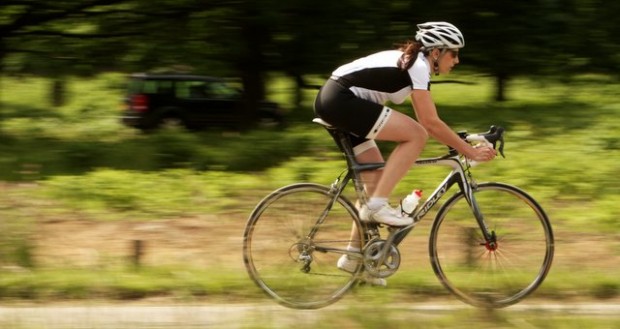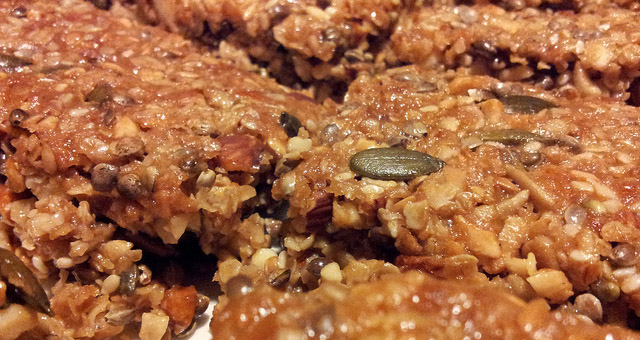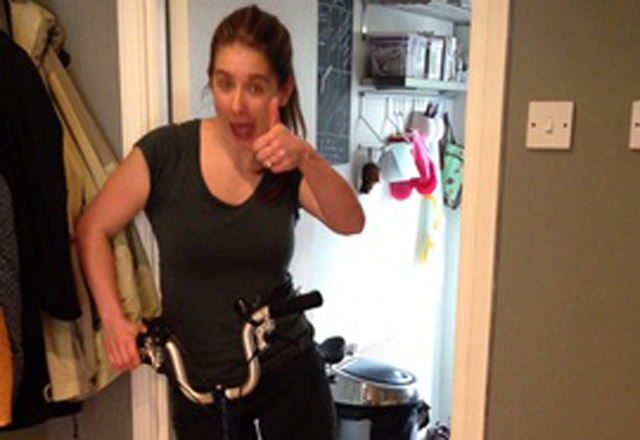How your body interacts with your bike as you ride can either make you a stronger rider or lead to discomfort and injury.
Anne Dickins and I have looked at your body-and-bike position as well as what we mean by core strength and why it’s important; this article focusses on stretching and flexibility.

Given that most cyclists don’t need to get themselves into any weird or wonderful positions you might question why flexibility and stretching is important.
But Anne advises us that it is;
At the most basic level you need flexibility in your muscles and joints to get into a position to ride your bike comfortably.
For example, your lower back needs to be able to flex forward so you can reach the bars without having to strain your neck or the structures around your pelvis. If you don’t have this flexibility you may get pain in your neck, arms or back as you sit on the saddle. This isn’t always apparent as soon as you sit on your bike but can build gradually.
The other problem is that you don’t always feel tightness or pain where you are stiff but where you compensate to fit the bike, take the stiff lower back and painful neck example above, this can mean we focus our efforts on the wrong area.
Secondly cycling is a relatively sustained posture – we’re flexed forward for however long we’re on our bike for. Contrary to popular belief no single posture is bad for us, the problem arises when we sustain a posture for too long and don’t move in and out of it. Given that most of the time the majority of us are relatively immobile in a sitting posture e.g. at work, in the car or watching TV, or flexed on our bikes it’s important that we move our joints and muscles in the opposite direction too to avoid stiffness and strain on these structures.
Some of our muscles may feel tight through the day and feel like they need stretching but this may not provide the solution. They can feel tight because they are overstretched due to tight muscles on the other side of the body pulling them tight – a common example is where people develop sore shoulder muscles because of tight chest muscles from hunched sitting.
It’s therefore particularly important for cyclists (and habitual sitters!) to stretch the muscles down the front of their bodies to compensate for flexed postures.
Thirdly, exercise itself can actually cause muscles and joints to stiffen due to the micro-damage that is caused from working muscles. It’s important to gently stretch after exercise to maintain your muscle and joint flexibility.”

In practice:
Although the importance of flexibility is well established the practise of stretching is less certain and the evidence of what is best is ever changing as sports scientists are able to look in more and more detail at how our muscles and joints respond to different stretching regimes.
Currently the evidence suggests we should stretch both before and after exercise but never statically stretch cold muscles. Stretching cold muscles can lead to damage which can affect performance – think about trying to stretch cold Plasticine without it snapping.
Stretch at the start of exercise after 5 minutes of easy pedalling as a warm-up and then take yourself through some gentle ‘dynamic’ stretches for your pre-exercise stretches rather than holding the stretch. Dynamic stretching involves moving gently in and out of the stretch, but no enthusiastic bouncing.
Just go as far as you can feel the stretch and then ease off before moving back into it. If you’ve got any particular areas of stiffness or discomfort you can repeat stretches throughout your ride whilst you’re stopped at traffic lights or while your riding-mate fixes a puncture.
After exercise you should perform more sustained stretching. The actual stretches remain the same but this time rather than moving in and out of the stretch you should hold it for 30 seconds to a minute. Don’t cause yourself any pain, just a comfortable stretch. Whilst you’re stretching think about lengthening and relaxing the muscle which will help with its flexibility and improve your stretching technique.
As we’ve already talked about it’s important that you have control and core strength as well as flexibility so make sure you perform both core exercises and stretches, not just one or another else you’ll be limiting the effect of your efforts. Have a go at some different stretches and find some that suit you.
As you progress with both of these you may want to reassess your position on your bike to make the most of your newfound strength and flexibility.
Key points:
- Don’t slump or stay in static postures – get up and move about – your muscles will thank you for it!
- Always warm up before you stretch (5 mins gentle cycling or jogging is sufficient)
- Always stretch dynamically before exercise (by moving in and out of the stretch)
- Always stretch statically after exercise hold each stretch for about 30 seconds
- Never cause pain, numbness or pins and needles during stretches – if you have any pain just easy off the stretch. If the pain continues then consider seeing a professional for advice as there may be a structural problem





